Dan Worth takes the £3000, Dutch designed DiDiT 212 Digital to Analogue Converter for a ride and rather enjoys it.
Rients Steenbeek MD at DiDiT Technologies has been a music enthusiast since a young boy. Whilst his father and brother both played the piano, Rients learned and played the violin. At the age of 14 Rients was allowed by his parents to dismantle the families audio and television equipment in order to build his on system.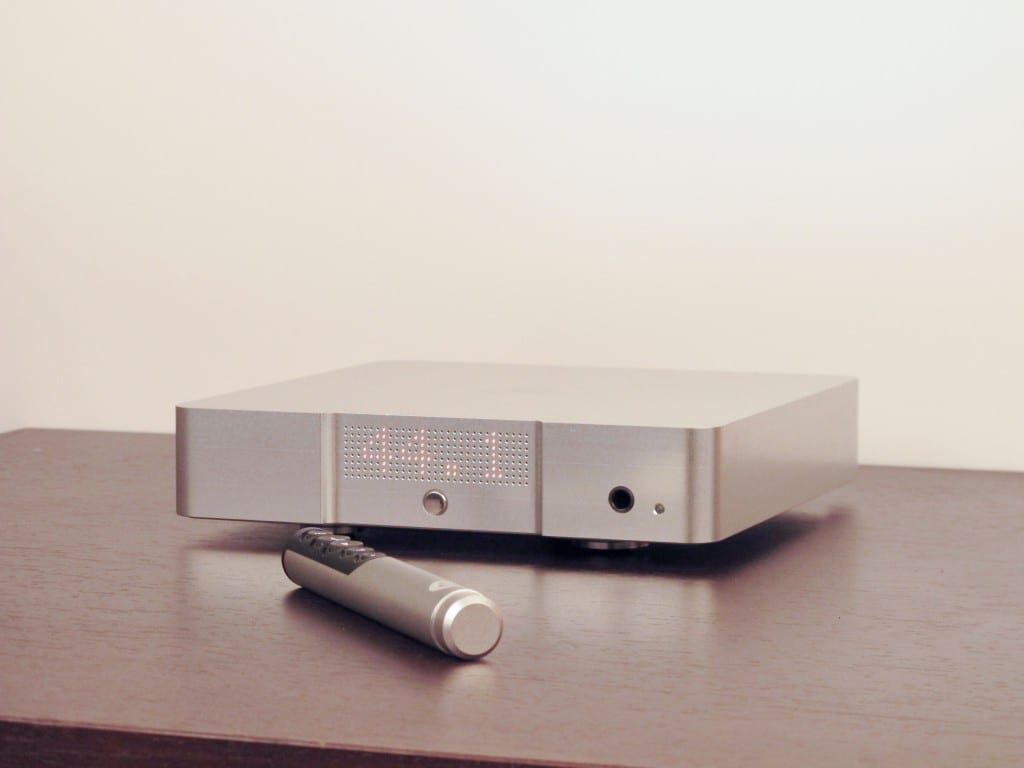
Rients found that although the turntable and speakers were good he, even at the age of 14, realised that the inbuilt receiver was not up to scratch, which spurred him on to build his very first amplifier from a kit. Later, after many years of sourcing high quality electronics he became a supplier for others and this is how he met his other very knowledgeable team members.
Former Industrial Design Student Roy van der Hulst was a portable music enthusiast from a young age, moving through the ranks of cassette Walkmans, to personal CD players to mini-discmans as well as developing a fetish for high quality headphones. Soon Roy was on the ‘hifi merry-go-round’ buying Asian imported electronics from Rients and although they both appreciated the sound of the equipment, they believed the styling wasn’t for the European market.
So the combination of his industrial experience and Rients’ contacts moved the pair on to create their own company with the ethos of designing equipment from the ground up, focusing on style without sonic compromise.
Team member Patrick Schoon was born the son of a Phillips technician and has an extremely strong background in building, repairing and maintenance of musical instruments as well as electronics. Working in the 80’s primarily in the recording, broadcast and theatre industry Patrick has a very broad spectrum for sound and has accustomed himself with the installation and creation of music across the many industries making him invaluable to the team.
Last but certainly not least Sebastiaan de Vries believes he was ‘simply born for music’ playing piano and bass from a young age. Sebastiaan attended the Dutch Conservatory for Music learning about audio design which he put to good use creating and also modifying electronics, he feels his background as a musician has allowed him to do very well, fine tuning the sound for its most natural presentation.
Both Patrick and Sebastiaan have been doing OEM work for other companies whilst still furthering the DiDiT brands portfolio.
I’m happy to always talk and convey to readers when I meet an individual or company so deeply invested in the creation of music, through instruments or electronics and who can really marry the two together. In my experience I find that some of the very best equipment on today’s market comes from folk who are so deeply rooted as musicians and have had such a varied music based life, this surely must translate to a product of some sophistication!
It’s all too often that someone has an electronics degree and then they build an amplifier or other piece of Hifi paraphernalia that falls short of the mark – as they don’t understand the true essence and power that well presented tones can do for the emotions of the brain. There’s got to be that passion for the music first and foremost.
A fairly long introduction – the guys at DiDiT boast some strong credentials, so let’s see if the 212 flatters them.
PACKAGING
The packaging for the DAC212 looks pretty damn good. Made from a thick soft shock absorbent cork which has etched logos and has been machined out or moulded to accept the DAC and finished externally with rounded corners, it really is a nice touch before even exposing the unit itself. It gives you that feeling that these guys really make an effort in presenting everything to you with a degree of sophistication.
BUILD AND DESIGN
There are many ‘blinged up’ products at the moment on the market which offer style over substance. As we expand the size of our homes, life products do seem to be getting smaller by the day due to advances in technology. Big doesn’t mean better, but I can assure you neither does smaller, it’s all down to the creative force behind the product.
Coming in at 8 inches squared and a mere 2 inches high the DiDiT DAC can certainly be classed as a piece of lifestyle equipment. Machined from aluminium billet the casework is absolutely flawless with great attention to detail going into its minimalistic design, which for me falls into the hifi jewellery category… the workmanship reminds me of Jeff Roland or Nagra.
The base of the unit has three small aluminium ringed sorbothane feet. The feet’s mass has been very carefully calculated after the finished design was weighed in order to find the correct sorbothane to mass ratio – too little and the product will ring like a struck crystal glass, too much and the midrange will just be sucked out and bass response becomes sloppy in my experience, so getting this aspect correct, although not a hard task, is just another small detail which the guys at DiDiT haven’t overlooked.
CONNECTIONS
This version of the DAC has a single ended RCA output (balancedto follow) with two coaxial RCA inputs, optical and USB. The unit can decode signal up to 32bit and 384khz. Accompanied with the DAC is the wand like DiDiT remote offering full control over the volume, source, power, muting and menu features and is also exceptionally well machined/designed. I’ve got to point you to the dot matrix display coming through the casework, itlooks great and can if desired be turned down or off via the menu.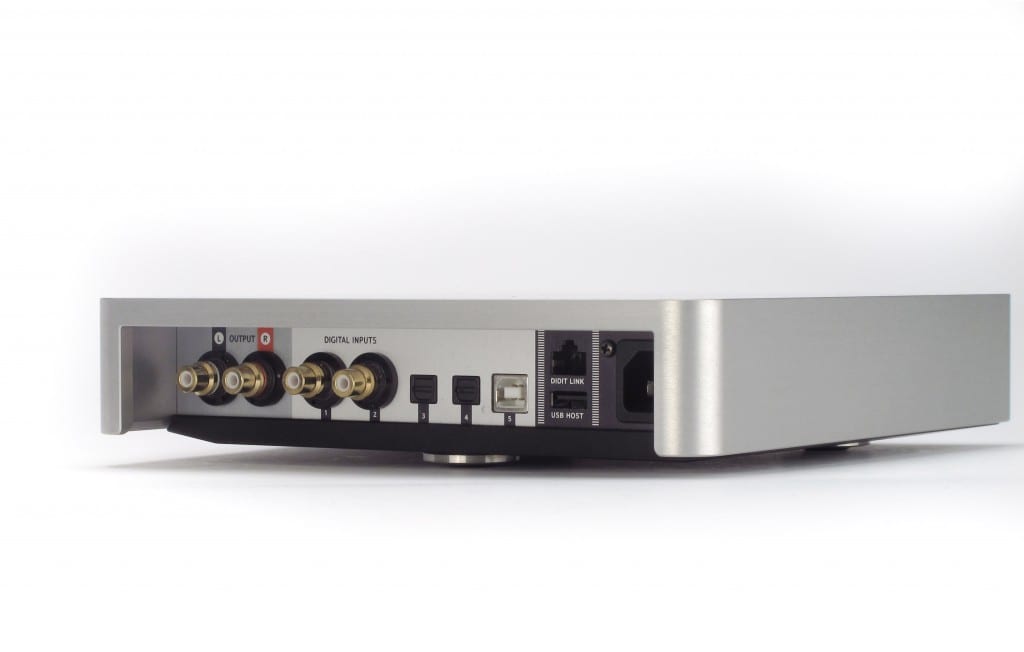
POWER SUPPLY
The 212 uses an internal switch-mode power supply – eek! I hear you say. Now normally your eeks would be very well justified as switch-modes inject a terrible amount of noise into electronics and back into the shared mains too and generally they’re not compliant with balanced mains supplies which I use myself.
If you speak to any knowledgeable audio engineer they will testify to the fact that a well designed and implemented switch-mode supply can in fact offer benefits to a product, I am no engineer but I have a set of ears. What I have found in the past is that the overall pace of a units sonic signature is known to be increased and at the same time its bass performance tighter and more articulated. Plugging the DiDiT into my balanced mains supply caused no issues at all, unlike some of the standard cheap varieties which have played havoc in my rig when tested previously.
THE SOUND
The first thing noticeable with a DiDiT 212 DAC in my system was how the sound became more focuses over the current Astin Trew Concorde. There was a crisper, tighter and more articulated presentation.
During Nils Lofgrens ‘Keith Don’t Go’ notes are completely embellished with vigour and prominence, reaching dynamic purity as the weight of a string climbs into its polished high pitch. Decays had a nice “floatiness” as they wandered through the darkness of background silence that aided the completeness of the plucked string.
Combining three dimensionality with true rhythmic musicality Lofgren’s vocal begins again after his solo and there is no loss of definition to the instrument with it retaining its tonal qualities in full.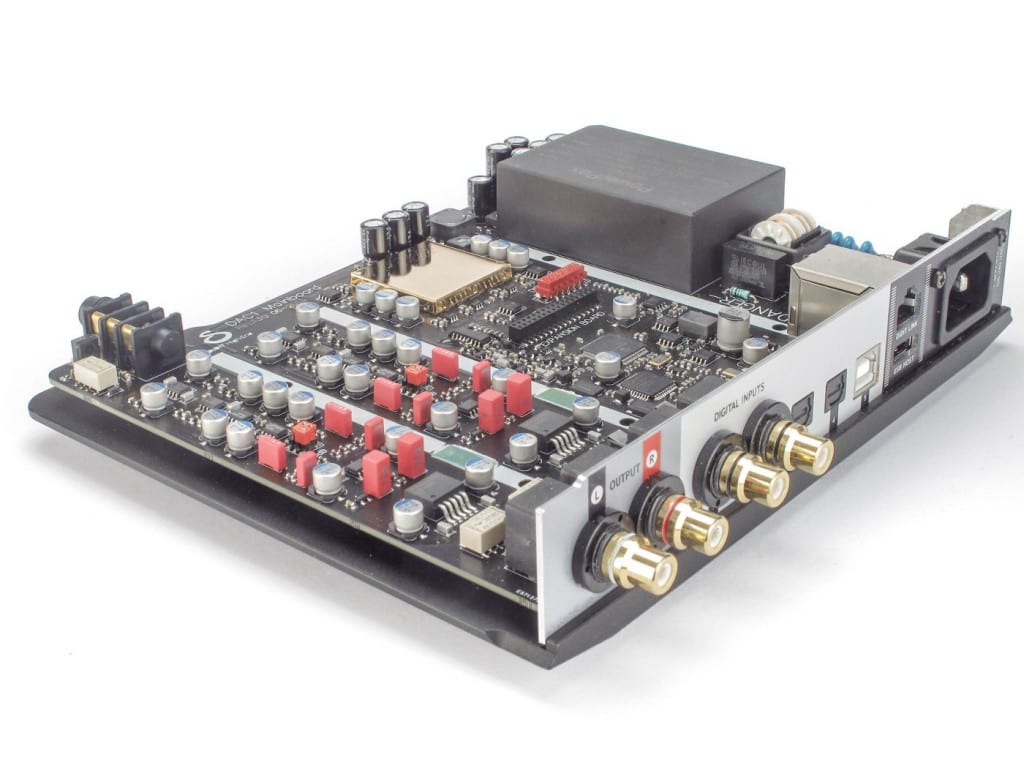
Rhythm and pace sit equally with instrument timbre and coherence in the 212’s world. The DAC never sounds exasperatingly fast, but the quickness in which it deals with leading edges is undoubtedly accurate and controlled. Beat driven music has an instant toe tapping appeal and smile factor which is just so addictive.
Play any good acoustic music which has strong female vocals and the 212 is pretty stunning. Too many people in my experience sacrifice vocal density for vocal clarity. It’s so easy to find a piece of equipment or system that does clarity of a vocal, which generally makes the midrange over-forward and the upper mids (especially in female vocals) too hard and etched. This leaves the density of tone thin, lacking body and cohesiveness.
The DiDiT combines projected strong and vibrant vocals with great tone and dynamic expression. Upper bass notes are controlled and the texture of the body of a lower octave is detail rich and natural in tone, expressing real timbre from start to finish, culminating in fantastic liquidity.
I really can’t state that the DAC is coloured in any way. I would like to say that it’s neutral and coherent, but there’s more to it than that. The vibrancy of details, control of tones and the rhythmic beating heart of the 212 puts it smack bang on my ‘great all rounder’ list of components due to its fine balance.
Yes I’ve heard other DACs do vocals better, the Lampizator Big 7 does vocals like no other DAC I’ve ever heard, a magnificent mix of holographic and organic frequencies, but on the flip side I never found it truly rhythmical. The Astin Trew Concord, which missed out by a fair bit when reproducing the purity of instrument tone and timbre but was a far better fit with a larger range of equipment and genres, for reviewing this was really a must. Being unselfish and gearing a system to remain reflective of a great range of musical styles and other product signatures is crucial.
The DiDiT 212 (costing less the both the above) for me sits somewhere in between the two, but on reflection of this comment I feel it does more than each respectively. The 212 hammers home how strong product design matched with carefully selected components doesn’t need to cost the earth in order to supply the end-user with a fantastic high-end product.
Imagine a large block of ice being sculptured by the sculptor. During the process it’s sawn to remove large unwanted sections, then chiselled and hammered into shape, but the edges are rough still and the piece of ice still remains opaque. Some amateurs may stop here – relating the sculptured form to the subject matter, although a true artist will get a blow torch and hot water to finish the piece to give its transparency, clarity and sparkle, at the same time smoothing and polishing its surfaces. This is my DiDiT 212 analogy.
We exchange the word smooth for controlled in the analogy, for me a smooth sounding piece of equipment rolls off frequencies, damps tones and dynamics and has a relationship with the description ‘warm’. The 212 is far from this, its insight and control shows complete clarity right through its image and like the ice sculpture is truly liquid.
Bass performance, whether playing an instrument or synthesized beats, is as I said rhythmic, but the insight, especially into upper bass notes, is fantastic. Many many times I comment on products lacking body in the upper bass, making way for a more detailed interpretation which often is too stark and almost makes the music sound miserable and lifeless. I was listening to some Fleetwood Mac at the time and really was drawn into this area of the sound. What I found was there are the smallest areas of separation between the lower bass and upper bass which seemed to alleviate smear, gave better timing and the lack of crosstalk allowed the detail rich upper bass to really have an area of its own that never became loose of the entirety of the sound and eradicated that blend of tones that can also muddy things a little down below. Intense passages at loud levels give dynamic drama that is very exhilarating.
A kick drum kicks with drive and prominence, fleshed out and proud of the drum basket and lower bass notes emanate at volumes which really roll deep into the room without any loss of their leading edges, so make sure you have a strong amplifier for your loudspeakers to compliment the drive.
A high end piece of equipment which is designed to really extract a lot of information from a piece of music will always have it suffering when playing less than good recordings and the 212 is no different. The question is how badly will the sound diminish, is it liveable with and how often do we need to be playing less than adequate recordings?
For me, I play less than great recordings a lot! When I’m not reviewing or having a listening session and as I don’t watch a lot of TV I explore Spotify frequently and when friends come over at the weekend it’s easy to hand them the iPad (as a remote) and allow them to choose whatever they wish to listen too. Of course I’m going to report a loss of quality and resolution, but what I admire about the 212 is its musical appeal and character. This remains present and although there are definite shortcomings, the overall experience is still massively enjoyable and that’s got to be key!
USING THE DIGITAL PREAMPLIFIER
Next up was using the 212 as a DAC/pre connected to some Cairn MEA monoblocks…Wow! I never believed that I would be so impressed with it as a digital preamp. Usually I will use a Rowland pre into the Cairns and they get used very often here. The MEA’s have an absolutely huge soundstage, wall to wall and floor to ceiling. With the JR pre the sound is bouncy and just so energetically enthralling, they really are a hidden jewel.
With the 212 doing the forefront duties I found a new sense of inspiration for the sound. Bass notes were tighter and deeper, midrange had a further increase of clarity over the JR pre (which adds some warmth to the sound) and due to the well balanced nature of the Cairns the increase in clarity and perceived top end resolution pushed them on sonically, with better synergy, authority and most noticeably pace and rhythm.
CONCLUSIONS
The DiDiT 212 from Rients and the team in the Netherlands is a stunning piece of engineering, a real classy looking product with an equally classy sound – especially for the money.
For me the vocals are standout with this DAC, if you are a valve fan vocally, but go potty at the pitfalls such as the looser bass and the loss of that bottom most octave and want to try something in the solid state arena again, then I’d suggest you have a ‘money back’ listen.
Apart from the vocals and bass pace nothing else really stands out, or is that the wrong way of phrasing this? What I mean is the tonal balance, coherence and down right musicality of this unit allows you to be truly emerged in the music, rather than ever being drawn to certain areas. It’s always easy to listen to electronics, but it’s not often we just relax into a truly musical presentation and leave everything else outside the door.
Note: I really enjoyed this one. So much that I’ve bought two, this one and the soon to be released balanced XLR version which will also support HDMI over I2s which is my primary digital connection.
Update: as well as my purchase a good friend of mine Andy telephoned me for another DAC recommendation, he currently uses a VAD DAC (same as our editor Stuart). I of course recommended the DiDiT for his Graaf/Audionote/Kondo system and he absolutely fell in love with it through his mega-bucks horns.
Sound Quality – 8.9/10
Build Quality – 9/10
Value For Money – 9/10
Overall – 8.96/10
Price at time of review: €3000
For:
Great dynamics
Even handed sound with clarity and weight to boot
Exceptional build quality
Dynamic and harmonic
Against:
Won’t accommodate round barrel type IEC plugs, use a Furutech FI-15 when seeking a good quality thinner IEC.
Dan Worth
Designer’s Notes
The DAC212 is designed around multilayer circuit boards.
With multilayer board designs, we can assign one layer to an unbroken ground plane, which will give a very low inductance design with reduced crosstalk.
All power supply layers are designed in differential pairs. High and low current traces are paired and separated from each other. Designing is performed with advanced CAD/CAM computer simulation methods. This way of designing drastically reduces distortion below the 0.001% barrier.
Virtual Grounding, Balanced Interfacing
Good grounding is an essential point in any audio design. When multiple circuits or stages get combined, they often use a common ground return path. This same ground gets somewhere connected to the chassis, and the chassis in turn to earth. In such situations, it is hard to control the current loops. More important, interferences from circuit to circuit and from the outside world get induced in the common ground lines. This raises distortion and noise. In the DAC212 the line amplifier stages float with no reference to ground. To accomplish this, the internal interfacing from the DAC to the line amplifier stages is truly balanced internally. This makes the circuits more immune for ground-loops and interference, and it increases headroom.
To take the independency from common ground even further, the line amplifier stages are configured in an “equal impedance differential setup”, where the output of a DC servo forms a ground point and provides a zero volt reference instead of the common stages are driven Direct Coupled.
The input circuitry literally floats above ground. No ground noise can be induced anymore anywhere in the line amplifier stage. This way, the line amplifiers ensure a high common mode rejection from hum, noise, and other distortions. Internally differential balanced lines are always paired as differential pairs, and low pass filter stage are configured differential with equal impedance arms for positive and negative.
We are extremely focused on reducing noise levels in our circuits. As we see this as the key to obtain more resolution. Each channel, every stage and system clock has its own very low noise power supply regulator, thereby isolating the sensitive circuits. The DAC212 uses no less then 12 independent very low noise local power supply regulators.
This all results in a THD of 0,00035%, a S/N ratio of 122dB (A weighted) and a linearity measurement which is one straight-line down to –135 dB.
All without sacrificing musicality.
RientsSteenbeek



















































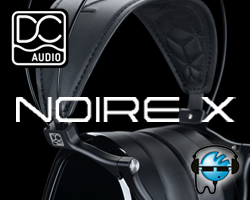












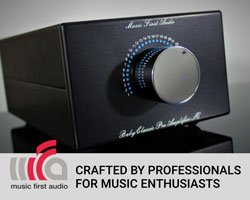


























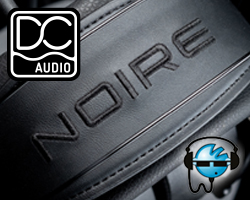































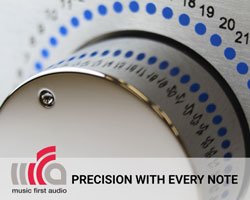













































You must be logged in to leave a reply.